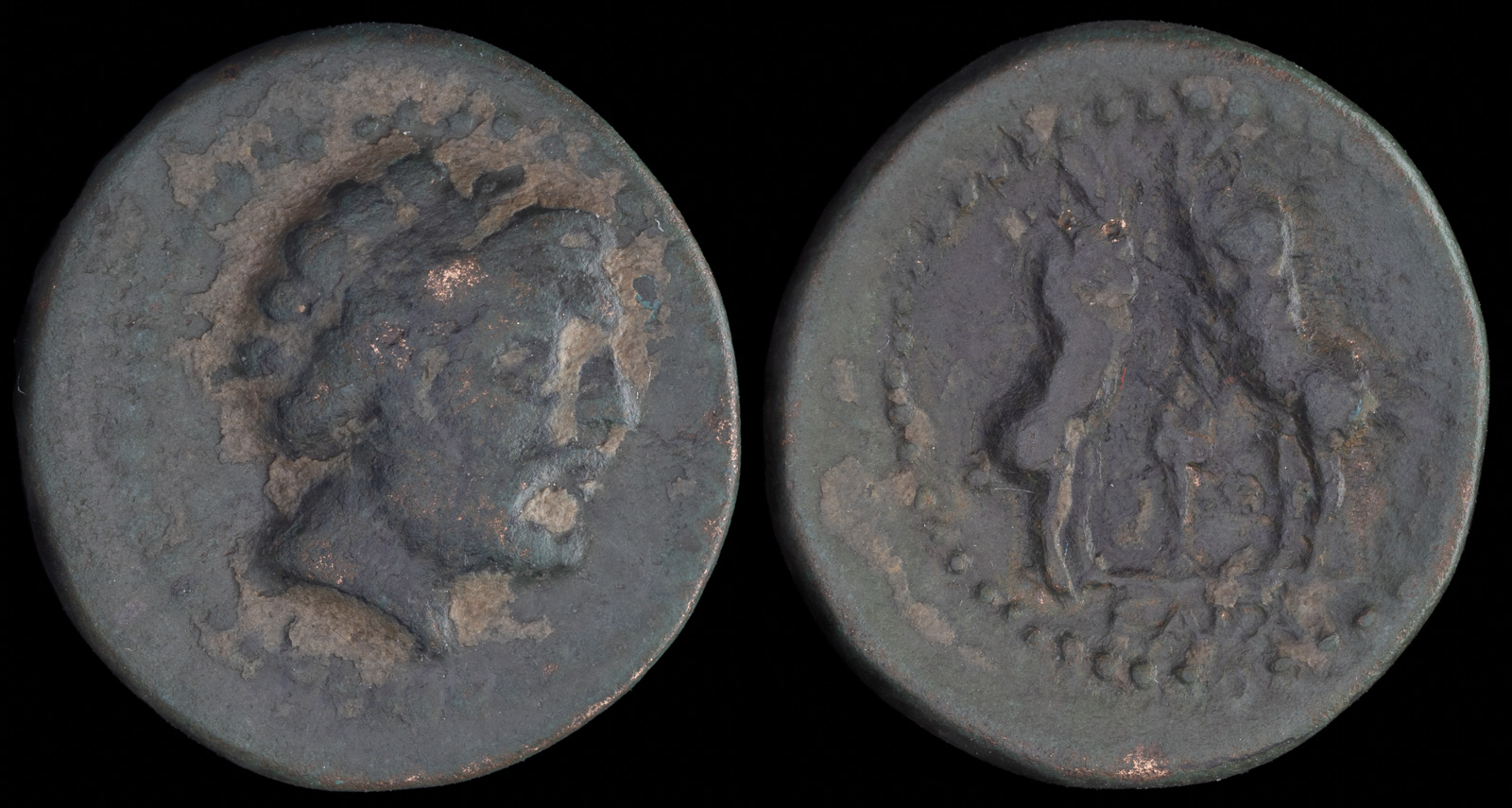Ibex
View All Tags
The ibex, a species of wild goat characterized by its long, curved horns and rugged appearance, held symbolic importance in ancient Greek culture, particularly within the realms of mythology, art, and nature. While not as widely represented as other animals like lions or horses, the ibex was still recognized and admired by the ancient Greeks for its strength, agility, and connection to rugged landscapes. These qualities made the ibex a symbol of mountainous and untamed wilderness, often associated with the god Pan, the rustic deity of nature, who was depicted with the features of a goat and linked to the wild, untamed aspects of the natural world.
In Greek mythology, the ibex appears in various stories and associations. It is believed that the god Zeus turned into an ibex during his battle with the Titans, symbolizing both the power and elusiveness of the god. This transformation can be understood as representing the animal’s ability to navigate the steep and difficult terrain of mountainous regions, where the ibex was often found. The ibex’s agility in climbing rocky cliffs and its prowess in the wild were qualities the Greeks associated with divine strength and survival, making the animal an apt symbol for gods connected with the forces of nature.

Pisidia, Sagalassos
circa 100-0 BCE
Æ 17mm, 2,86g
Obv: Laureate head of Zeus right
Rev: Two confronted ibexes, cornucopia (?) between.
SNG France 1735